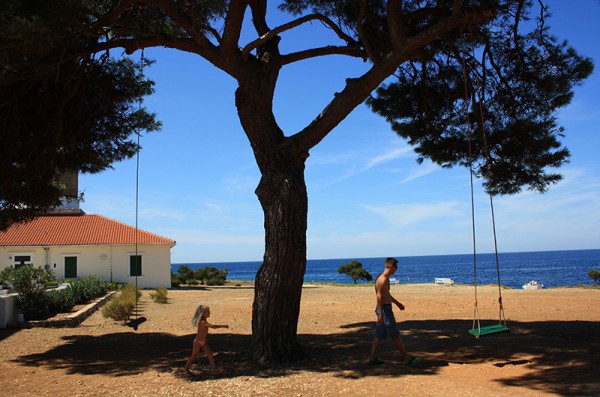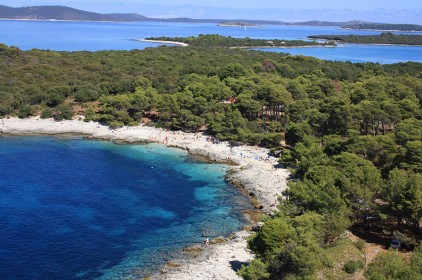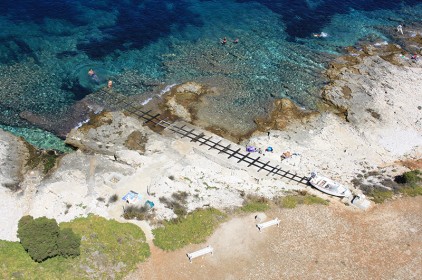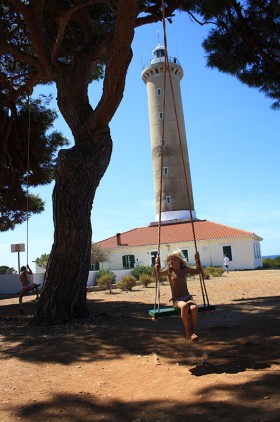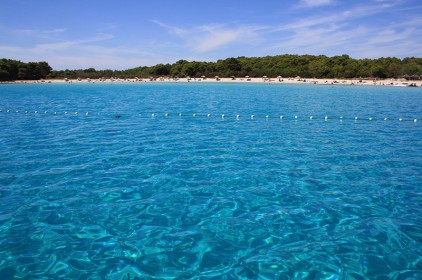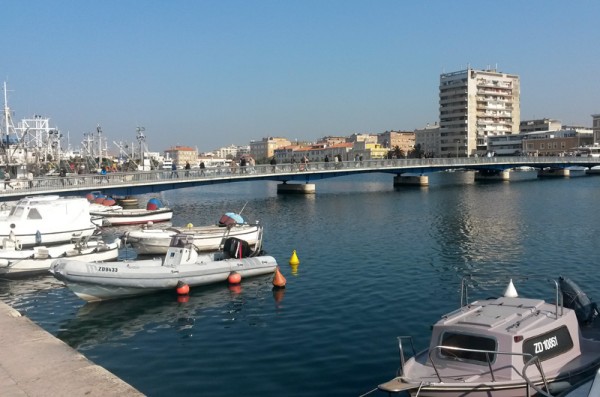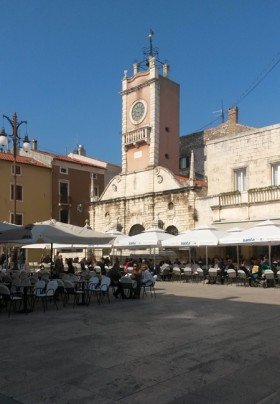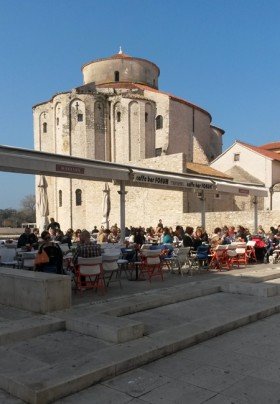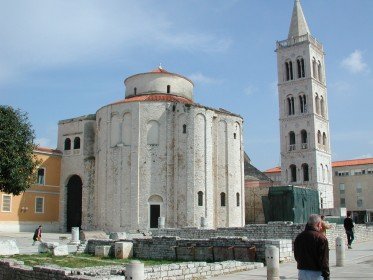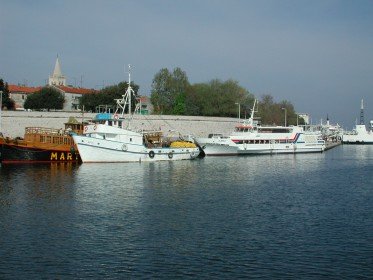CROATIA
Squeezed between the Adriatic Sea and Eastern Europe, Croatia is wonderfully naturally diverse country with the cleanest sea, 8 beautiful national parks and 1246 islands all yours for exploring. Not to mention fresh fish, interesting local wines and food that grows all around you, nice and fresh.
Diversity does not end with nature. This tiny and beautiful country is a home to many different cultures, mentalities, dialects, climates, lifestyles, cuisines, cultural and historical heritages.
For instance, climate varies based on the region, from mild continental, to mountain, to Mediterranean. That means that average temperatures inland range between 0 - 2ºC in January and 19 - 23ºC in August; and on the coast 6 - 11ºC in January to 21 - 27ºC in August. Still, we have the sunniest beaches in all of the Mediterranean, average of 2,600 sunny hours per year, with sea temperatures in August somewhere between 25 - 27ºC. Cleanest sea and the largest number of national parks and nature in relation to the size of the territory make us an ecological wonder. So green, so clean, so hospitable.
In terms of history, we have so much to offer, being the battlefield of many cultures since the dawn of time. If you are pressed for time, here is an UNESCO`s World Heritage List:
Euphrasian Basilica in Poreč
Diocletian's Palace in Split - close to Odmoree
Cities of Dubrovnik and Trogir - close to Odmoree
Cathedral in Šibenik - very close to Odmoree
(hey, three out of four, that's good :)
Croatia is also the home of the tie, gingerbread hearts, cheese and Pag lace.



